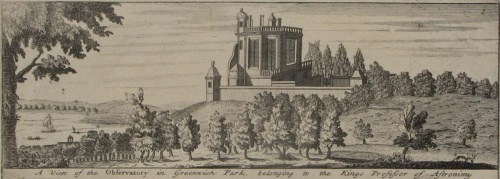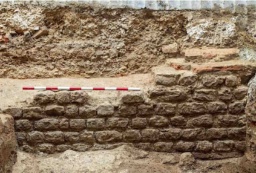Regardless of the British Isle’s unceasing scientific developments minor or major since the Celts, the Royal Observatory can easily lay claim to being the nation’s oldest such institution. Globally recognised as the location of the prime meridian this landmark site marked a turning point in British astronomy and navigation and it was architect Christopher Wren who chose its location high up on hills where the strategically placed Greenwich castle once stood. This rich history is often overlooked by many who know it only as a museum. None other than King George II himself climbed Greenwich Hill on its illustrious launch and laid the foundation stone on August 10th 1675.
And why have an observatory at all? Well back in 1675 when Britain was opening up trade routes in the East it became apparent that navigators had a longitude problem. Once sailors were well away from shore they could measure how far south or north they were (latitude) but not east or west (longitude). German mathematician Johann Werner claimed that the moon could be used as a navigational tool but accuracy depended on other inventions such as telescopes. By 1675 the construction of the Royal Observatory kept pace with these new answers to age old problems.
John Flamsteed was appointed the new Astronomer Observator and, indeed, became the first official Astronomer Royal, tasked with charting the motion of the planets, but it wouldn’t be until the early 1760s that all the issues sailors faced in this respect were ironed out.





